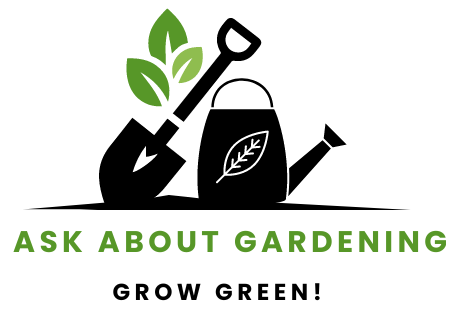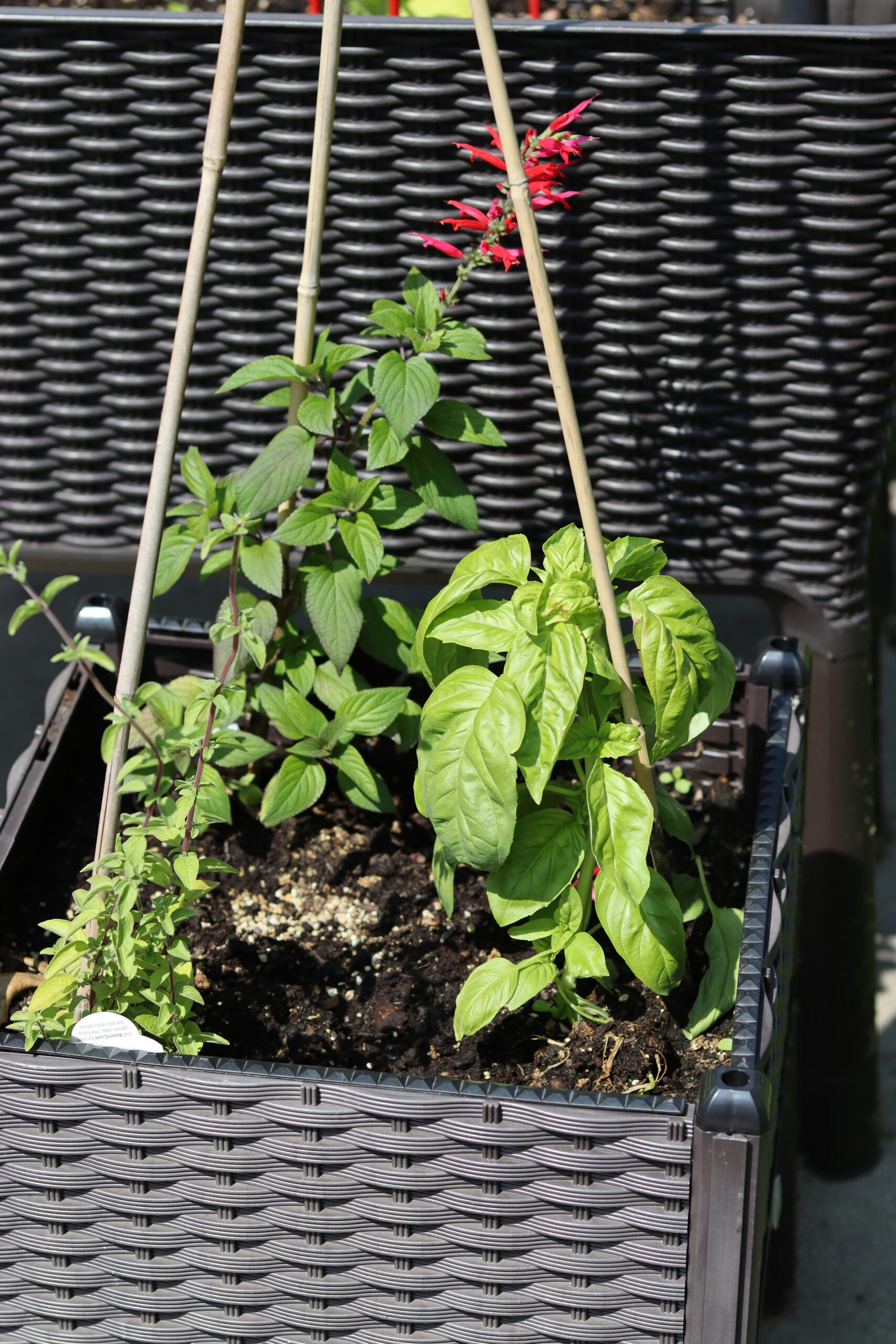Introduction to Fall Herb Gardening
Fall offers a unique and advantageous time for gardeners to begin cultivating a range of hardy herbs. Unlike the often overwhelming heat of summer, autumn presents cooler temperatures which significantly ease the strain on both plants and gardeners. The reduction in heat not only makes maintenance tasks more manageable but also creates a more favorable growing environment for certain herbs.
One of the notable benefits of fall gardening is the diminished pest pressure. With cooler weather, many pests that typically plague gardens in warmer months are less active, allowing for healthier plant growth with fewer interventions. This naturally leads to a cleaner, more sustainable gardening experience.
Choosing the right herbs for fall planting can make all the difference in ensuring a thriving herb garden. Specific herbs thrive in the cooler conditions of autumn and are particularly well-suited for this season. Herbs such as sage, thyme, chives, and parsley flourish in fall’s temperate climate. These varieties not only survive but often thrive, providing a bountiful harvest into the early winter months.
Understanding the specific needs of fall herbs is crucial. Each herb has distinct requirements for soil, watering, and sunlight. For instance, sage prefers well-drained soil and a sunny spot, while parsley enjoys partial to full sunlight and moderate watering. By selecting herbs that align with the fall climate and meticulously adhering to their care specifications, gardeners can maximize their chances of success.
Proper planning and attention to detail are the cornerstones of a productive fall herb garden. This guide will delve deeper into the steps necessary to select, plant, and care for your fall herbs, ensuring a seasoned approach to your autumn gardening endeavors.
Top Herbs to Plant in the Fall
Planting herbs in the fall can be a highly rewarding endeavor for any gardener. Several herbs not only thrive in cooler temperatures but also offer extended harvesting periods and versatility in the kitchen. Here are five ideal herbs to consider for your autumn gardening.
1. Parsley
Parsley is a robust herb known for its resilience to cooler temperatures. It thrives in the fall, maintaining vibrant growth well into the season. Curly-leaf parsley adds ornamental value to your garden with its lush green foliage, while the flat-leaf variety is prized for its strong flavor. Parsley is commonly used in salads, sauces, and as a garnish, making it a versatile kitchen staple.
2. Mint
Mint is another excellent choice for fall planting due to its hardiness and ability to spread quickly. The cooler weather helps to enhance its flavor, making it more aromatic. Mint is perfect for teas, cocktails, and desserts, as well as a refreshing addition to water. Its rapid growth rate allows for continuous harvesting throughout the season.
3. Sage
Sage is well-suited for fall gardening thanks to its tolerance of cooler climates and frost resistance. This herb is renowned for its earthy, slightly peppery taste, which intensifies during the fall. Sage is a key component in stuffing, soups, and roasted meats, making it indispensable for autumn and winter cooking. Additionally, its attractive gray-green leaves add visual appeal to the garden.
4. Chives
Chives are exceptionally tolerant of cooler fall temperatures and can often survive light frost. This herb features grass-like leaves with a mild onion flavor, great for seasoning a variety of dishes such as soups, salads, and baked potatoes. Chives also produce beautiful purple flowers, which are both edible and attractive to pollinators.
5. Cilantro
Cilantro thrives in the cooler temperatures of fall, as it tends to bolt quickly in the heat of summer. Its fresh, pungent flavor is a staple in many cuisines, including Mexican and Indian dishes. The herb’s leaves, stems, and seeds (known as coriander) are all edible, making it a versatile addition to any garden. Furthermore, its rapid growth allows for multiple harvests throughout the season.
These fall herbs not only bring robust flavors and culinary diversity but also ensure a thriving garden during the cooler months. Embracing autumn gardening with these hardy herbs will enrich both your garden and your meals, extending the joy of fresh herbs well beyond the summer season.
How to Plant Fall Herbs
Planting fall herbs requires a methodical approach to ensure a successful autumn harvest. The first step in this process is selecting the right location. Herbs generally thrive in well-drained soil with ample sunlight, so choose an area in your garden that receives at least six hours of direct sunlight each day. If garden space is limited, consider planting herbs in containers that can be placed in sunlit areas.
Next, prepare the soil by enriching it with organic matter such as compost. Adequate preparation ensures the soil has the necessary nutrients and structure to support healthy root growth. Till the soil to a depth of about six to twelve inches and remove any weeds or debris. If the soil tends to retain excess moisture, amending it with sand or perlite can improve drainage.
When it comes to planting techniques, spacing is crucial. Each herb has its specific spacing requirement; however, a general rule of thumb is to plant smaller herbs like dill or cilantro about six to eight inches apart and larger ones like rosemary or thyme about twelve to eighteen inches apart. This spacing allows each plant enough room to grow and access essential resources without crowding.
Water newly planted herbs thoroughly to help them establish roots. Regular watering is essential, especially during dry spells, but be cautious of overwatering, which can lead to root rot. Applying a layer of mulch around the base of the plants helps retain soil moisture and regulate soil temperature, providing added protection against early frost.
As the fall season progresses, ongoing care is necessary. Regular pruning encourages bushier growth and prevents the herbs from becoming leggy. Pay close attention to common pests such as aphids or spider mites. If detected, treat infestations promptly using organic insecticides or introducing beneficial insects like ladybugs.
By adhering to these practical steps, you can set up your fall herb garden for success, ensuring a bountiful supply of fresh herbs well into the cooler months.
Maintaining Your Fall Herb Garden
Proper maintenance is key to ensuring the health and productivity of your fall herb garden. By following essential care practices, you can help your herbs thrive well into the winter months. One crucial aspect is establishing a consistent watering schedule. Fall generally brings cooler temperatures and less evaporation, meaning your herbs might not require as much water as they did during summer. However, it’s still important to keep the soil consistently moist. Water early in the day to allow foliage to dry out, which helps prevent fungal diseases.
Fertilizing is another vital step in maintaining a robust herb garden. Use a balanced, water-soluble fertilizer to provide necessary nutrients that encourage healthy growth. Always follow the manufacturer’s instructions to avoid over-fertilizing, which can damage your plants. Organic compost is also an excellent option for enriching the soil and offering a continuous supply of nutrients.
Pest management can be especially challenging as fall pests seek refuge in your garden. Regularly inspect your herbs for signs of pests like aphids, caterpillars, or spider mites. Employing natural deterrents such as neem oil or insecticidal soap can effectively control these pests without harming the plants. Additionally, keeping the garden clean by removing fallen leaves and debris can minimize pest habitats.
Extending the herb harvest into the winter months is feasible with the right methods. Cold frames or hoop houses can protect your herbs from frost, extending their growing season. Alternatively, consider transplanting herbs into pots and moving them indoors. Basil, thyme, and rosemary are examples of herbs that adapt well to indoor growing conditions.
Regularly monitor your herb garden for signs of disease or nutrient deficiencies. Yellowing leaves may indicate a lack of nitrogen, while stunted growth can be a sign of root-bound plants that may need repotting or dividing. Addressing these issues promptly helps maintain plant health and productivity.
Finally, as the colder months approach, think about preparing your garden for the following spring. Clear out any remaining dead plant material to minimize the risk of disease and pests. Mulching the soil can protect root systems from freezing temperatures, ensuring a strong start when planting resumes in the spring. With diligent care and preparation, your fall herb garden can remain a source of fresh, aromatic herbs throughout the colder months.

